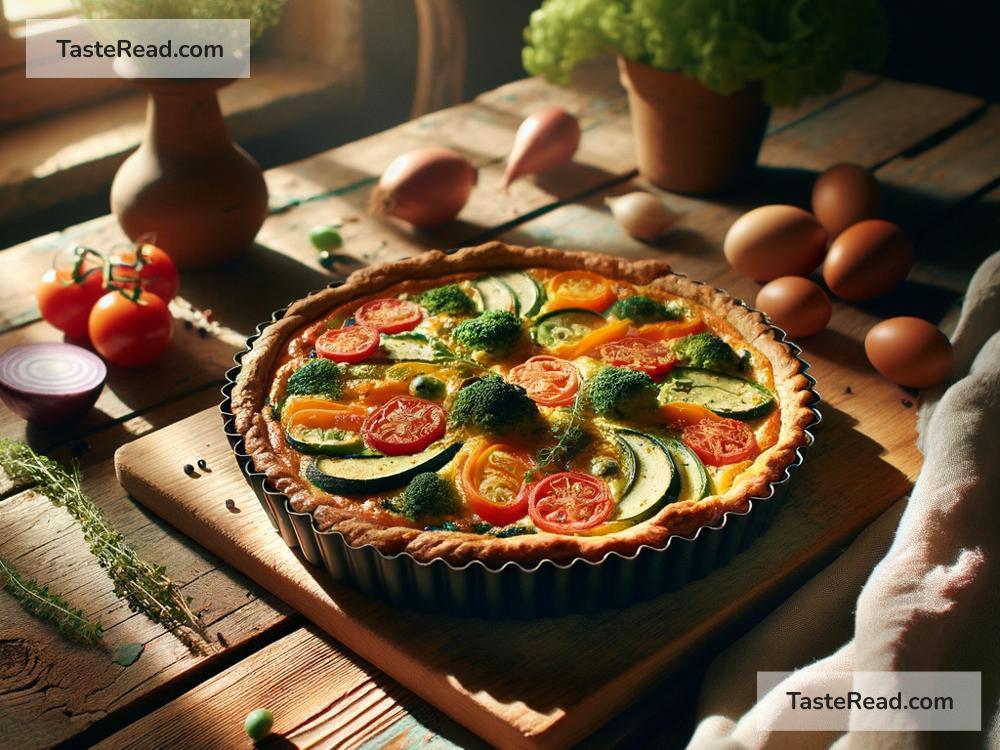Nothing quite matches the warmth and comfort of homemade dishes. Whether it’s a family recipe passed down through generations or a new creation inspired by a gust of creativity, the food we make at home has a special place in our hearts. But how do you capture that essence, the soul of homemade cooking, in a photograph? Surprisingly, the secret ingredient isn’t found in your pantry or fridge; it’s streaming through your window. Yes, we’re talking about natural light.
The Magic of Natural Light
Photography is essentially painting with light. And when it comes to food photography, natural light is your best ally in highlighting the textures, colors, and steam rising off a home-cooked meal. Unlike artificial lighting, natural light offers a softness and depth that can make your dish look even more inviting. It can transform a plate of cookies into a warm welcome, or a bowl of soup into a hug for the soul. The goal is to make viewers feel the love and effort that went into preparing the dish, and natural light helps achieve that in the most authentic way.
How to Harness Natural Light for Food Photography
-
Find the Perfect Spot: Not all spots in your home are equal when it comes to natural light. Observe your space throughout the day to find where and when the light is just right. Usually, a spot near a window with indirect light works wonders. Direct sunlight can be too harsh, casting strong shadows and overpowering highlights. If you’re taking pictures when the sunlight is intense, using sheer curtains to diffuse it can be a game-changer.
-
Understand the Light’s Mood: Morning light tends to be cooler, giving a fresh, vibrant feel to your dishes, while afternoon light is warmer, ideal for capturing the cosy essence of comfort food. Each type of light tells a different story, so think about what mood you want to convey with your photograph.
-
Use Reflectors: Sometimes, natural light casts shadows on parts of your dish, making it look less appealing. To fix this, use a simple reflector to bounce some light back onto the dish. A piece of white cardboard or even a large sheet of aluminium foil will do the trick without costing much.
-
Experiment With Angles: The direction from which you shoot your dish in relation to the light source makes a huge difference. Side lighting emphasizes textures and details, making the dish look more dynamic. Backlight creates a nice glow around the edges of your food, perfect for steamy or translucent dishes. Try different angles to see which one showcases the essence of your dish best.
-
Don’t Forget to Edit: Even with the best natural lighting, some images might need a little tweaking to bring out their best. Editing tools can enhance the colors, contrast, and brightness to make the dish look as appetizing as it does on your table. Remember, the aim is not to deceive but to match the photograph to what your eyes see.
Bringing It All Together
Imagine you’ve just baked a family recipe pie. It’s sitting on your window sill, cooling down, and the sun is casting a gentle, warm glow around it. You decide to capture this moment, not just the pie, but the essence of what it represents – warmth, tradition, and homemade bliss. You follow the steps above, playing with the light, experimenting with angles, and finding the perfect shot that says more than words ever could. The result? A photograph that not only looks delicious but also feels like home.
Final Thoughts
In today’s digital age, where sharing a meal often means sharing its photograph, mastering the use of natural light can truly make your homemade dishes stand out. It’s about more than just taking a pretty picture; it’s about capturing a moment, an emotion, and the love that went into preparing the meal. By utilizing the tips shared above, you’re well on your way to turning your kitchen creations into photogenic masterpieces that tell their own tasty tales. Remember, the best camera is the one you have with you, and the best light is the one nature provides freely. So, embrace the charm of natural light, and let it illuminate the beauty of your homemade dishes.


